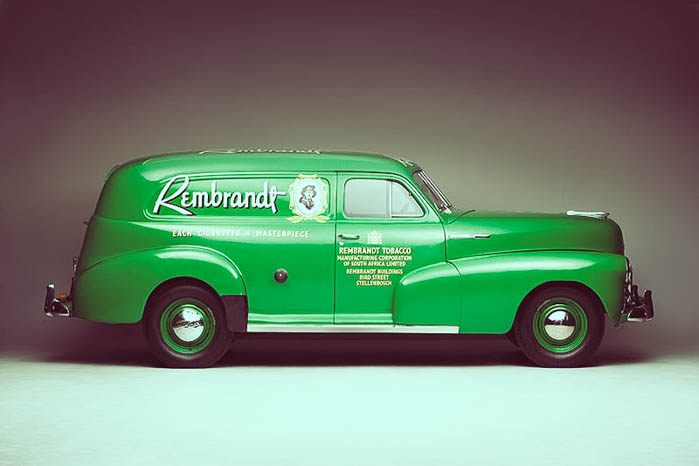
21 May Collection In Action – Rembrandt Chevrolet
Is it red, is it green? The Rembrandt Chevrolet is in between…
Ten years ago, coincident with the opening of the Franschhoek Motor Museum, CCA published a feature written by Michele Lupini titled ‘The Vans That Built An Empire’, which described the background to the rise of Rembrandt cigarettes in South Africa. In the article, Lupini quoted FMM’s patron Johann Rupert’s speech to a dinner audience about how it came to be.
The story went that in the late-1940s money was tight and businesses had little, if any, to spare on advertising. Johann’s father, Anton, was looking for a way to promote his new Rembrandt cork-filter-tip cigarettes and came up with the idea of branding his fleet of delivery vans. But not just simply with signage on the vehicles. Oh no. Paint them in two colours, the left side bright red with Afrikaans signage, the right side bright green with English wording. A bilingual mobile advertising hoarding! The association was simple: Rembrandt plain cigarettes were sold in green packets, Rembrandt filter cigarettes in a red packet…
The effect of this pioneering campaign was dramatic to say the least. “People would see a red van going one way and a green one coming back, or so they’d think, imagining that we had a far bigger fleet than we did,” Johann is quoted as saying with a smile. “Sales soon picked up and the rest is history. But you’d never believe the effect those red and green vans had on our business.”
Back in 1976, the Rembrandt Group put out feelers for a 1948 Chev Stylemaster Sedan Delivery to restore as a replica of those first vans, none of which appears to have survived the in-between years. As luck would have it, an abandoned van that had been bought for R100 from a farm just outside Rustenburg was offered and duly purchased. A ground-up restoration was undertaken that included a period Stellenbosch white-lettering-on-black registration number CL 3712. After spending time being used for promotional work by the Rembrandt Museum, the Chevy was moved to the Rupert’s Heidelberg Motor Museum. When the Heidelberg collection was relocated to Franschhoek to form the basis of FMM, the Chevy continued to be a star attraction and 40 years after its rebirth is still going strong.
Chevrolet’s post-war model range was essentially made up of facelifted versions of its 1942 line-up and continued its run as America’s best-selling brand. Described as ‘conservative in styling and engineering’, Chevys were affordable and, as a result, popular. The 1946 Stylemaster was the base trim level model and evolved from the 1942 Chev Master Deluxe. A redesigned grille was the only real change made for 1947 to which a T-shaped vertical centre bar was added for 1948 along with new bonnet and nose emblems. The front fenders were now plain. Inside, the three-spoke steering wheel no longer carried a horn ring, and the dashboard was painted.
The engine was a second-generation ‘stove-bolt six’ engine, which dated back to 1937, and while not big on performance did boast a more relevant-for-the-time reputation for dependable service. The 3 548 cm3 (ie. second generation) cast-iron in-line six featured overhead valves with solid lifters. With a single Carter carburettor and running a modest 6,5:1 compression ratio, the motor put out 67 kW at 3 300 r/min and a healthy 236 N.m of torque at a lowly 1 200. Fired up and idling contentedly, it pulls with ease and once into top of the three-speed column-shift gearbox, it exudes a strong, unbreakable character.
Steering is not too heavy, helped by the big steering wheel, but Rembrandt’s drivers must have developed strong biceps. There are individual front seats rather than the expected bench, but they are comfortable enough. The view forward through the split windscreen is over the green side of the bonnet. Behind, the cargo space – accessed from the rear by a single left-hinged door – is huge with a flat floor, but there is nothing to prevent goods sliding into the driving compartment.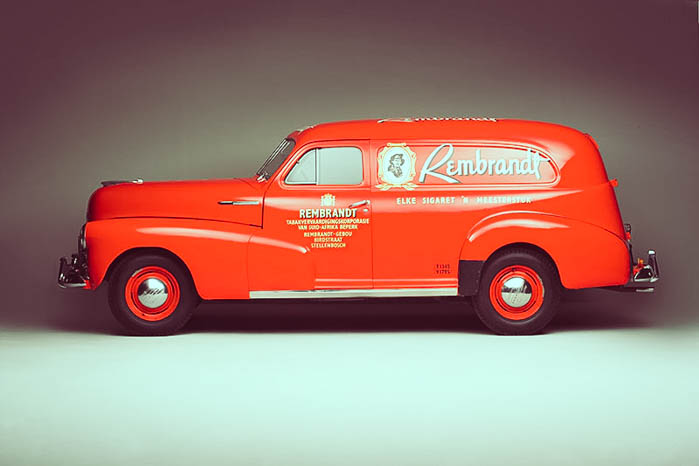
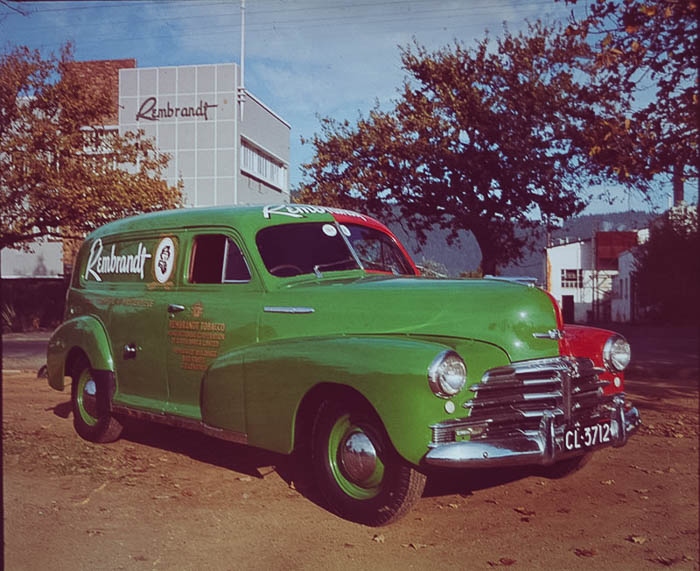
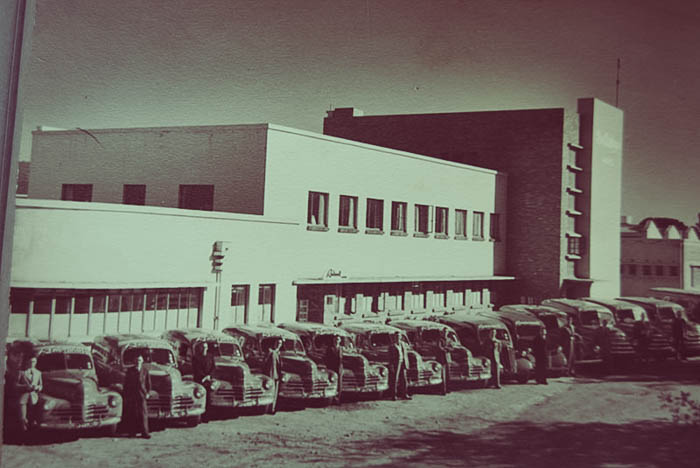
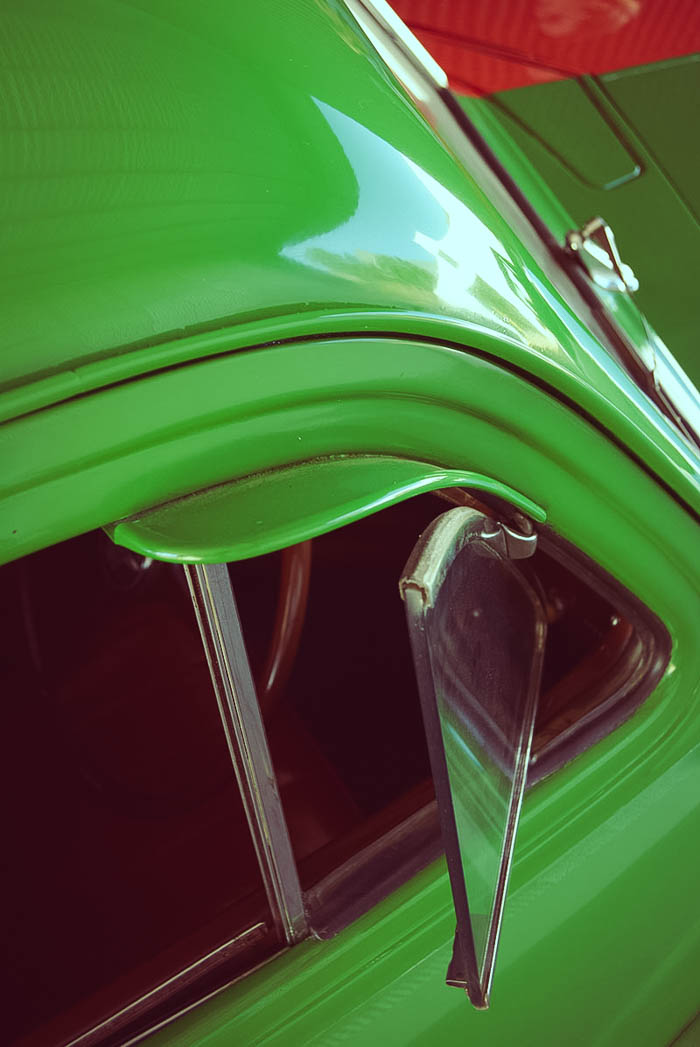
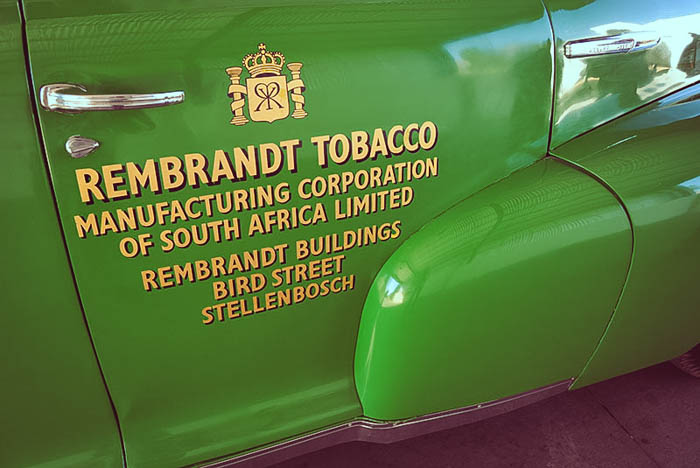
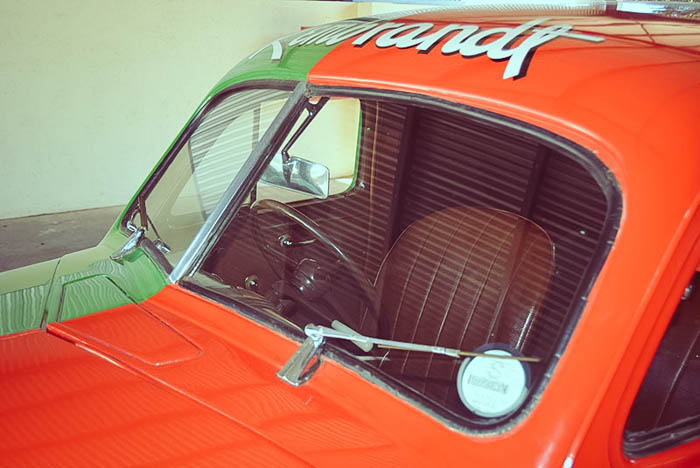
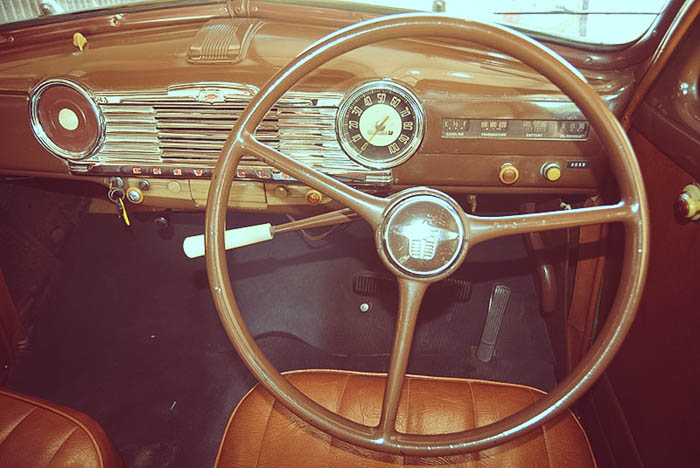
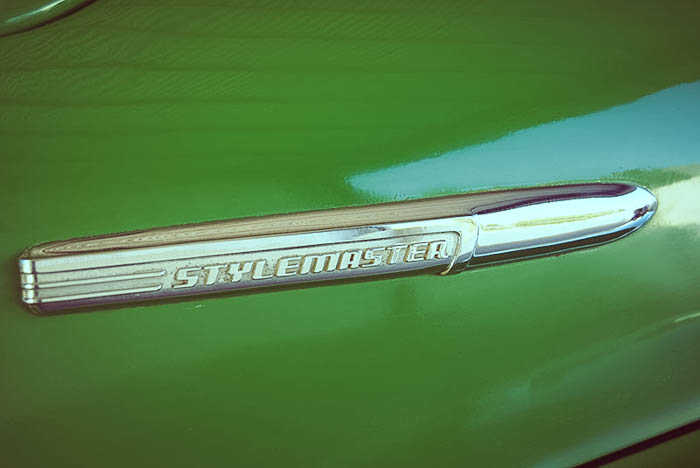
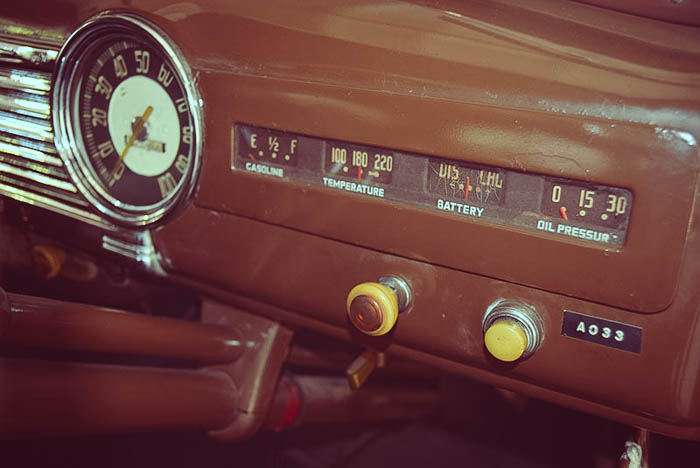
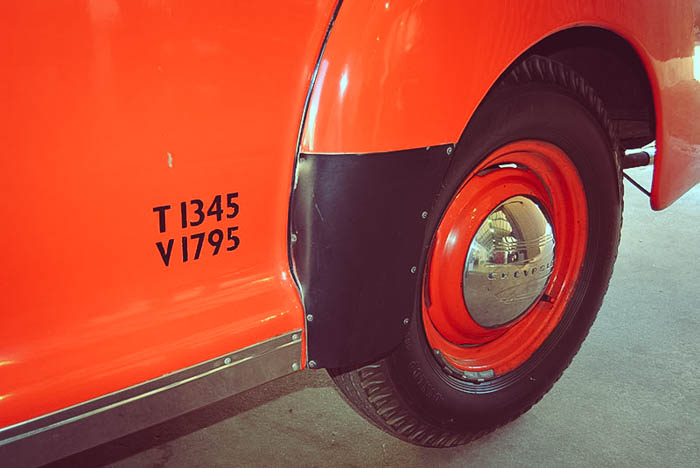
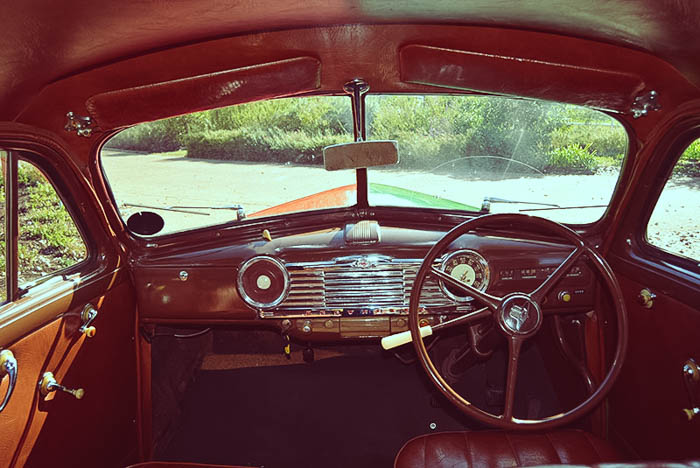
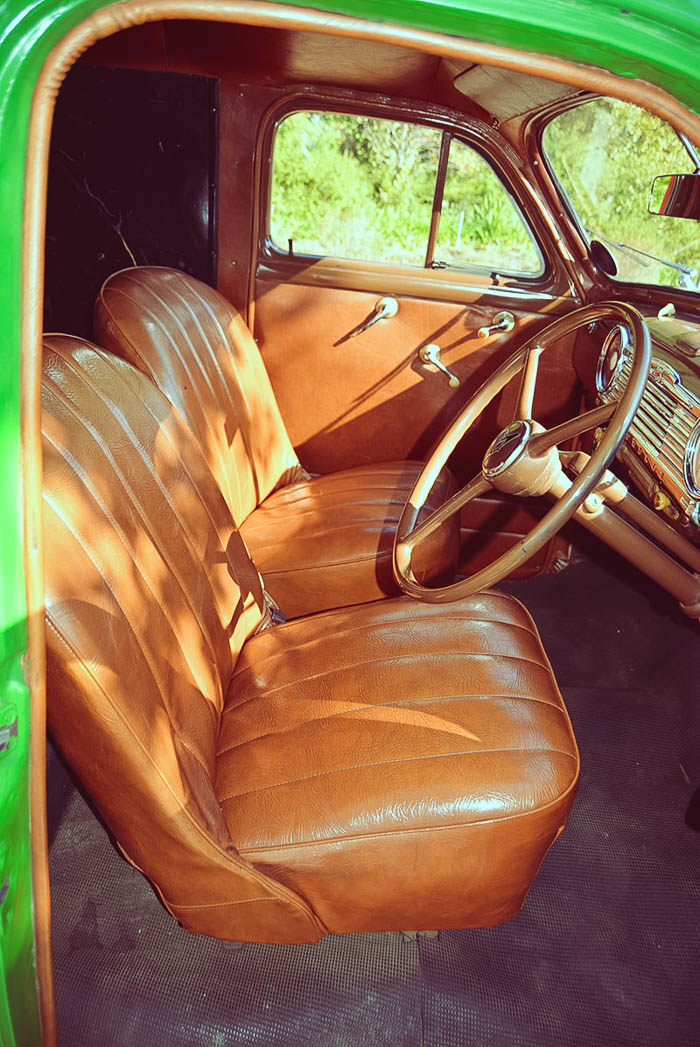
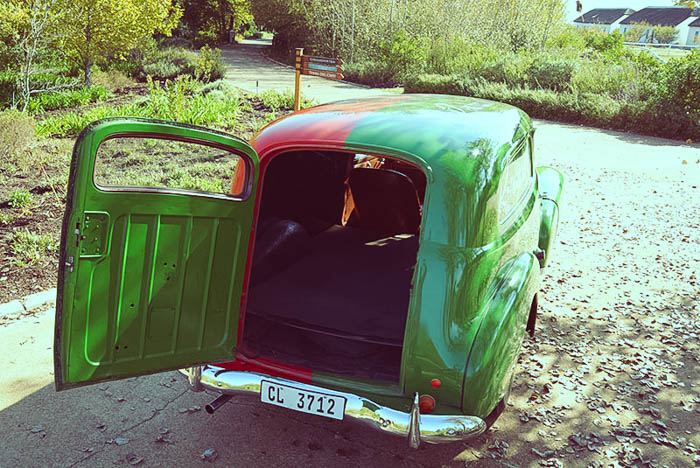
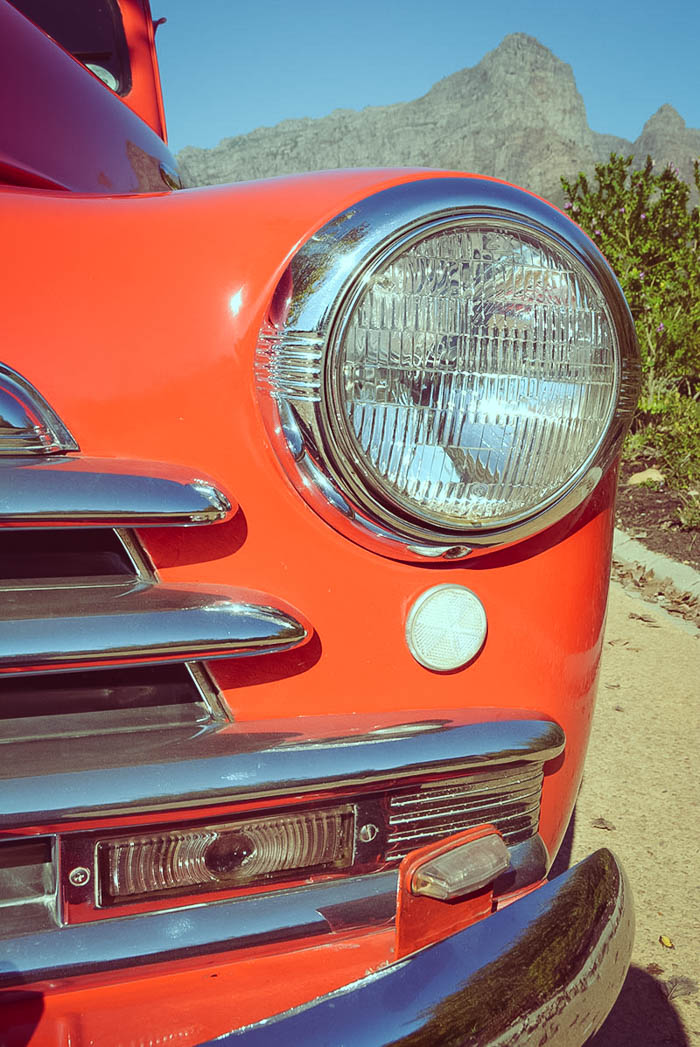
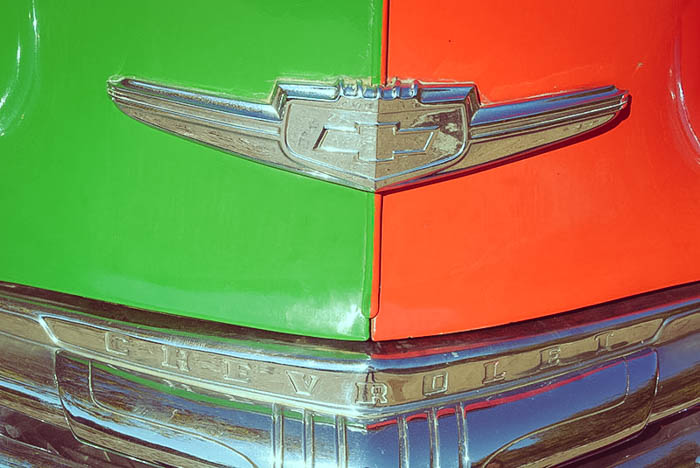
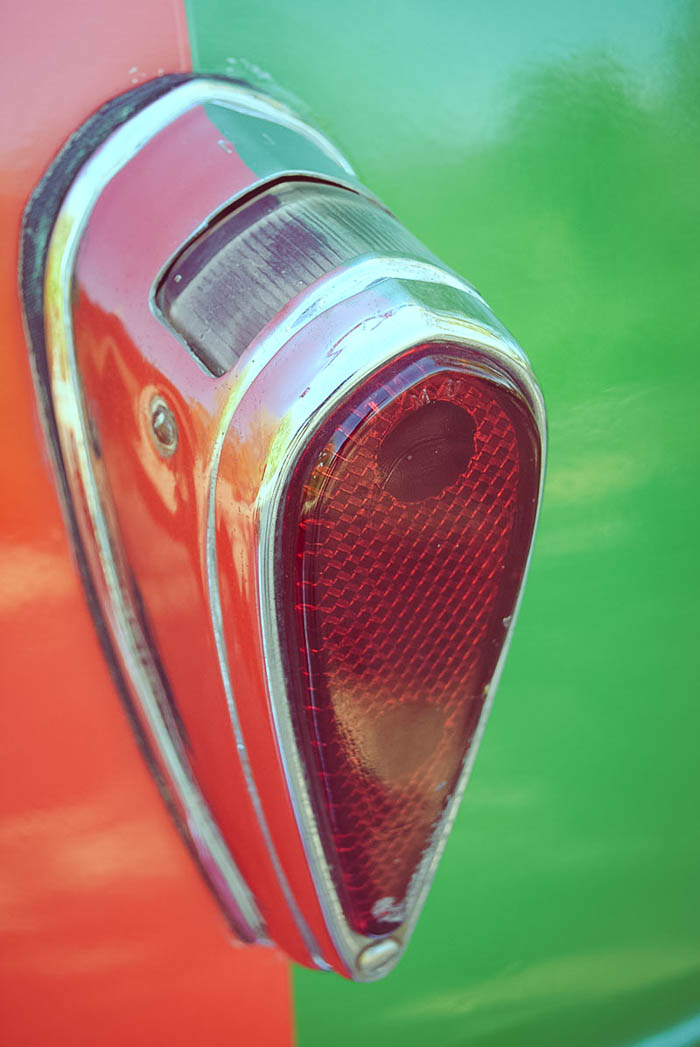
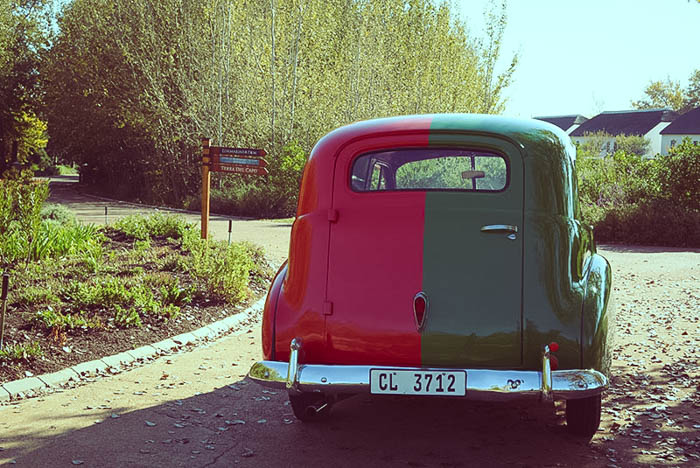
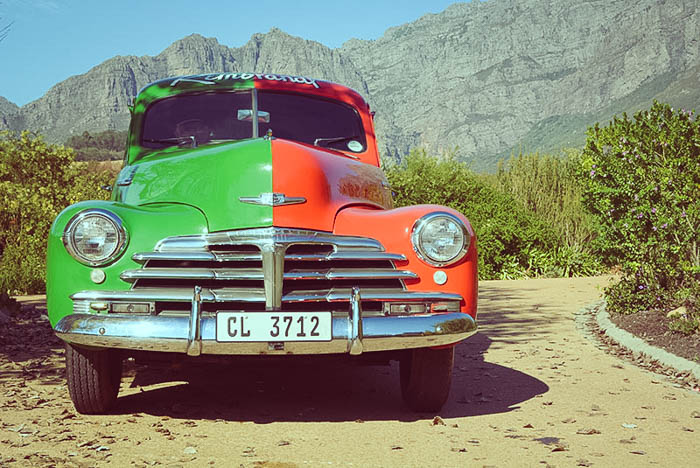
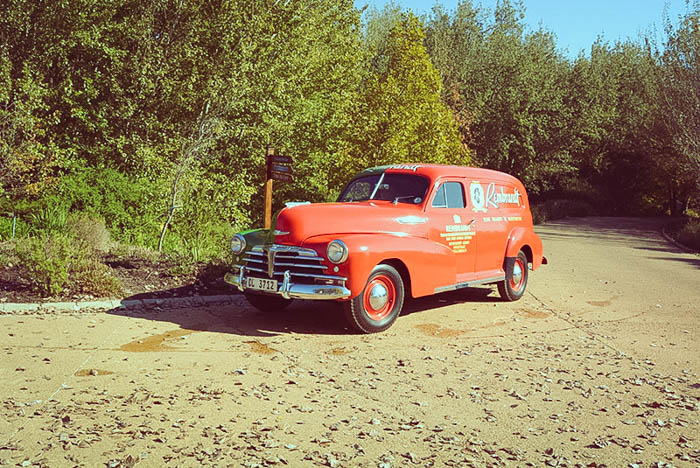
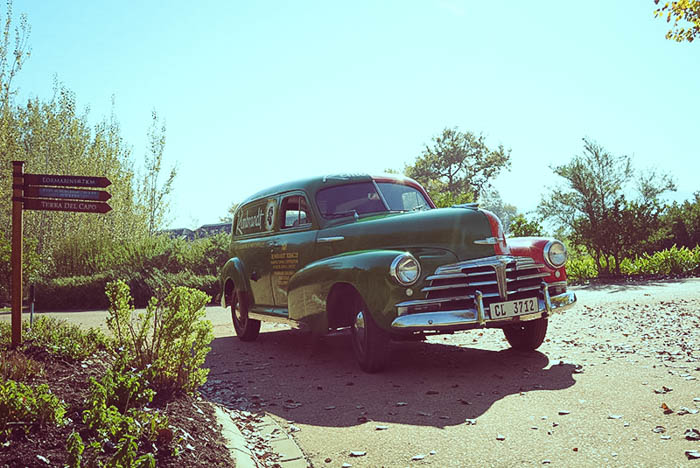
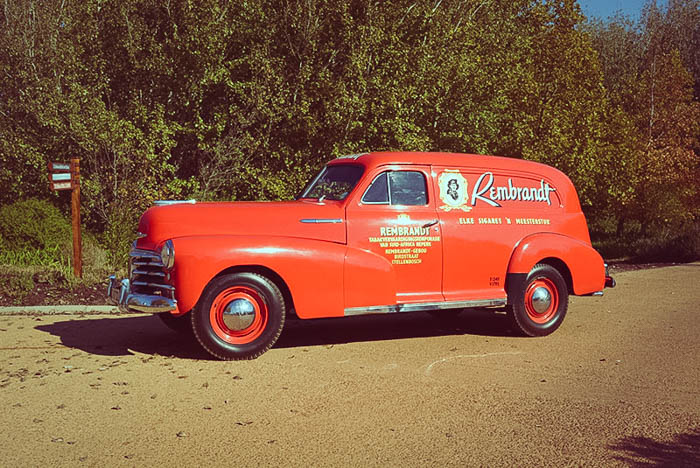
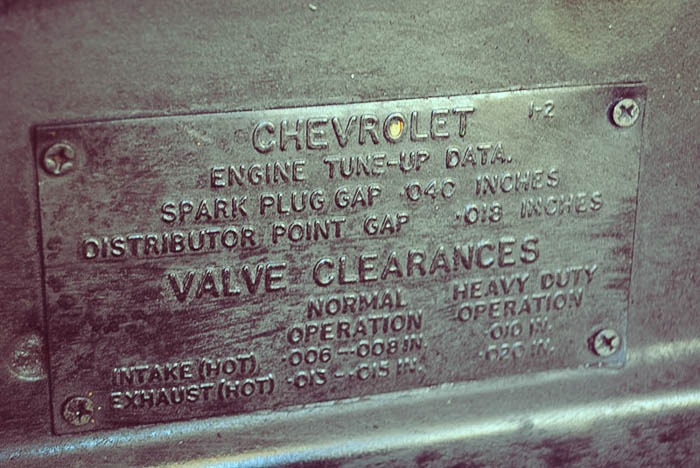
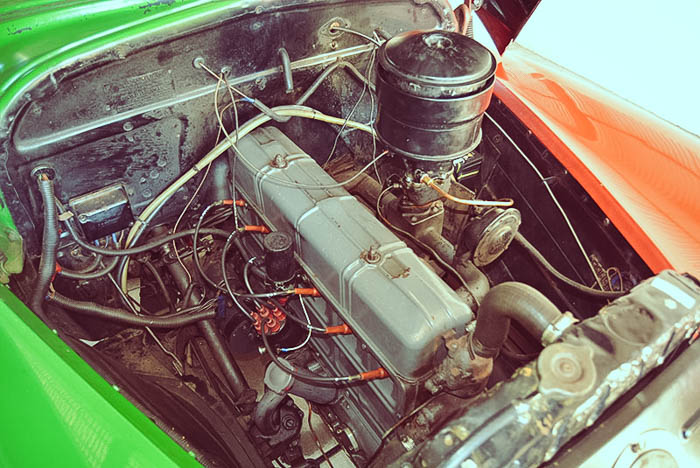
Today, the Rembrandt Chevy delivery van is as visually striking as it was 70 years ago and stands testimony to the contribution these sedan delivery vehicles played in helping to build a commercial empire.



